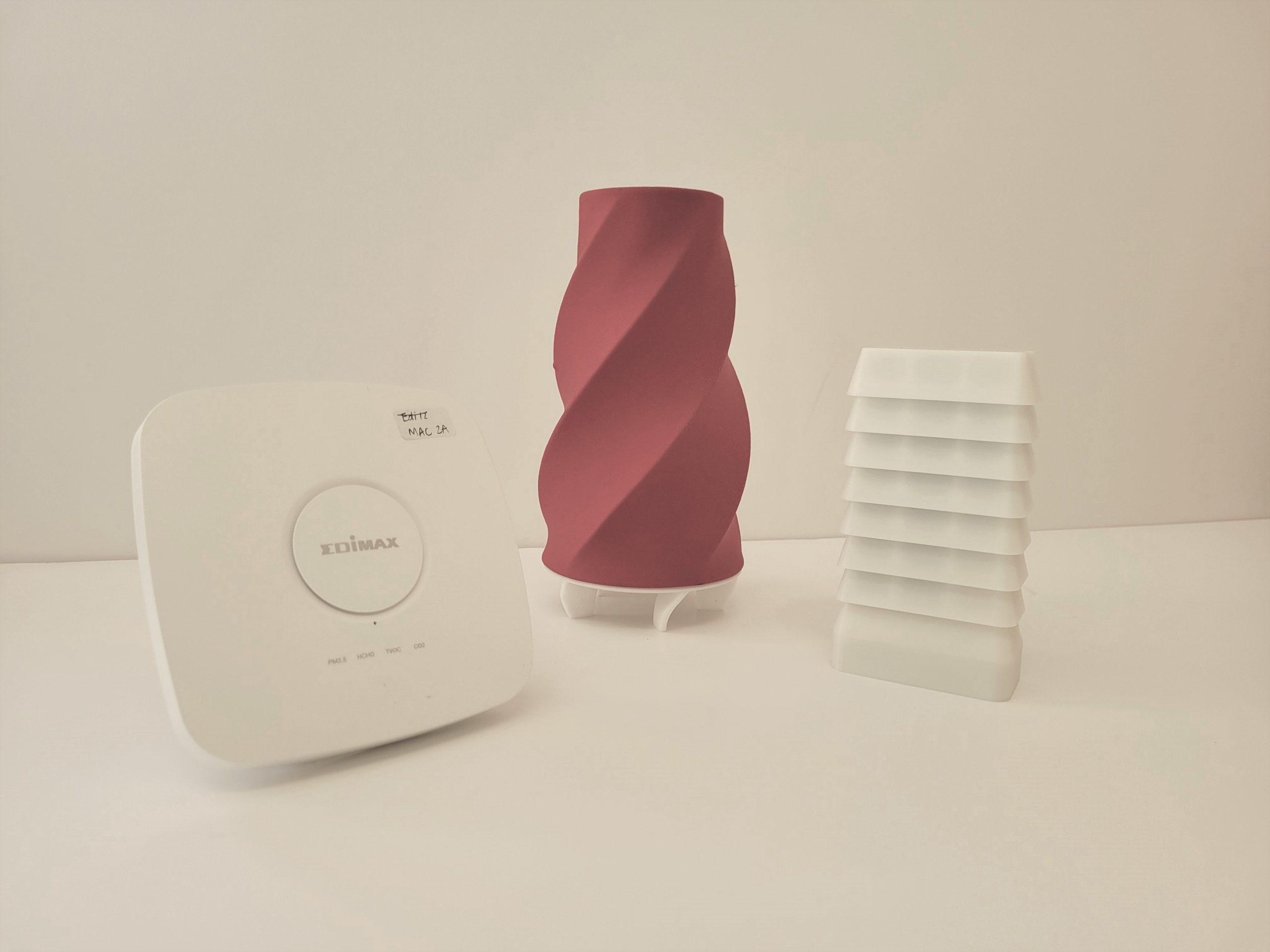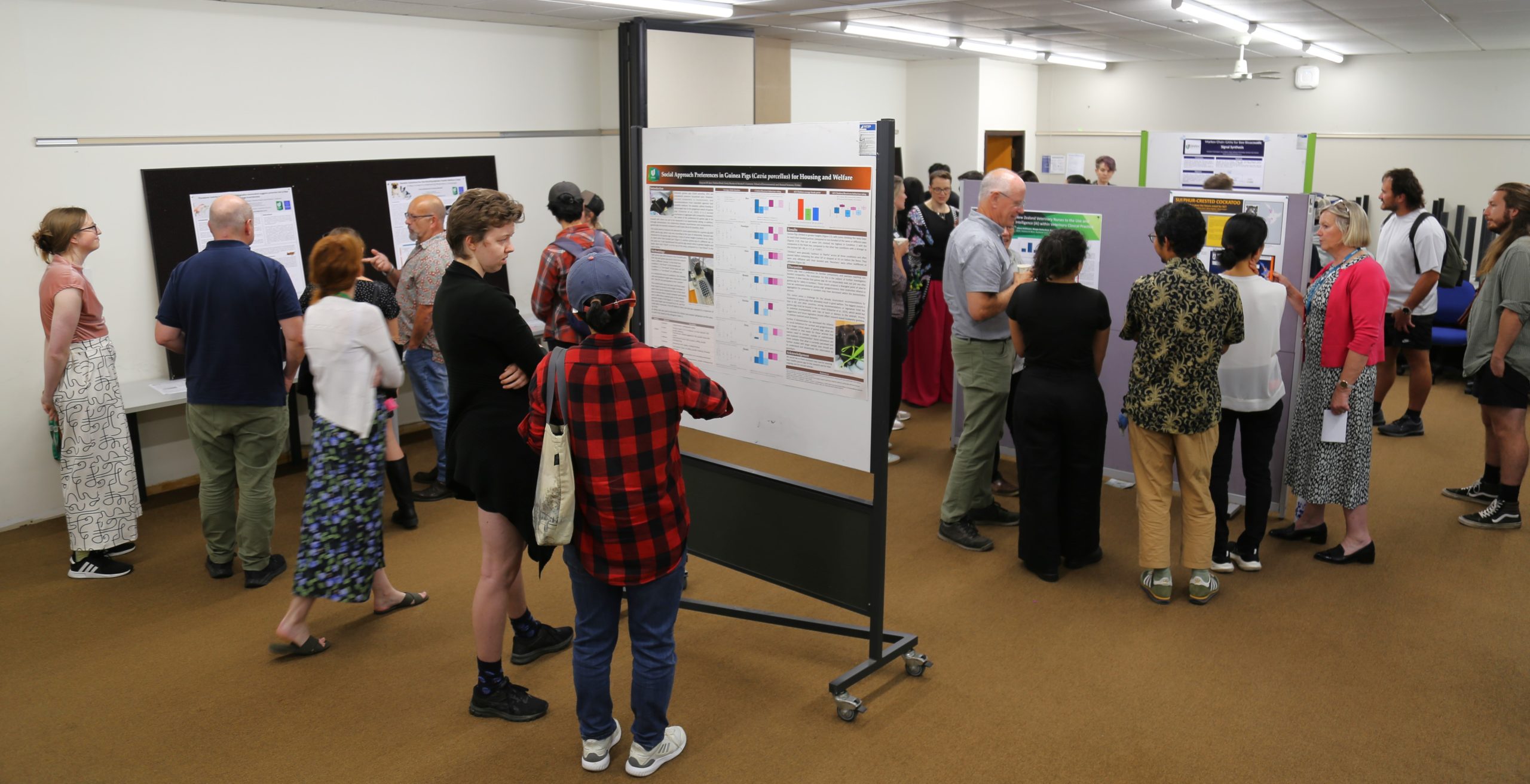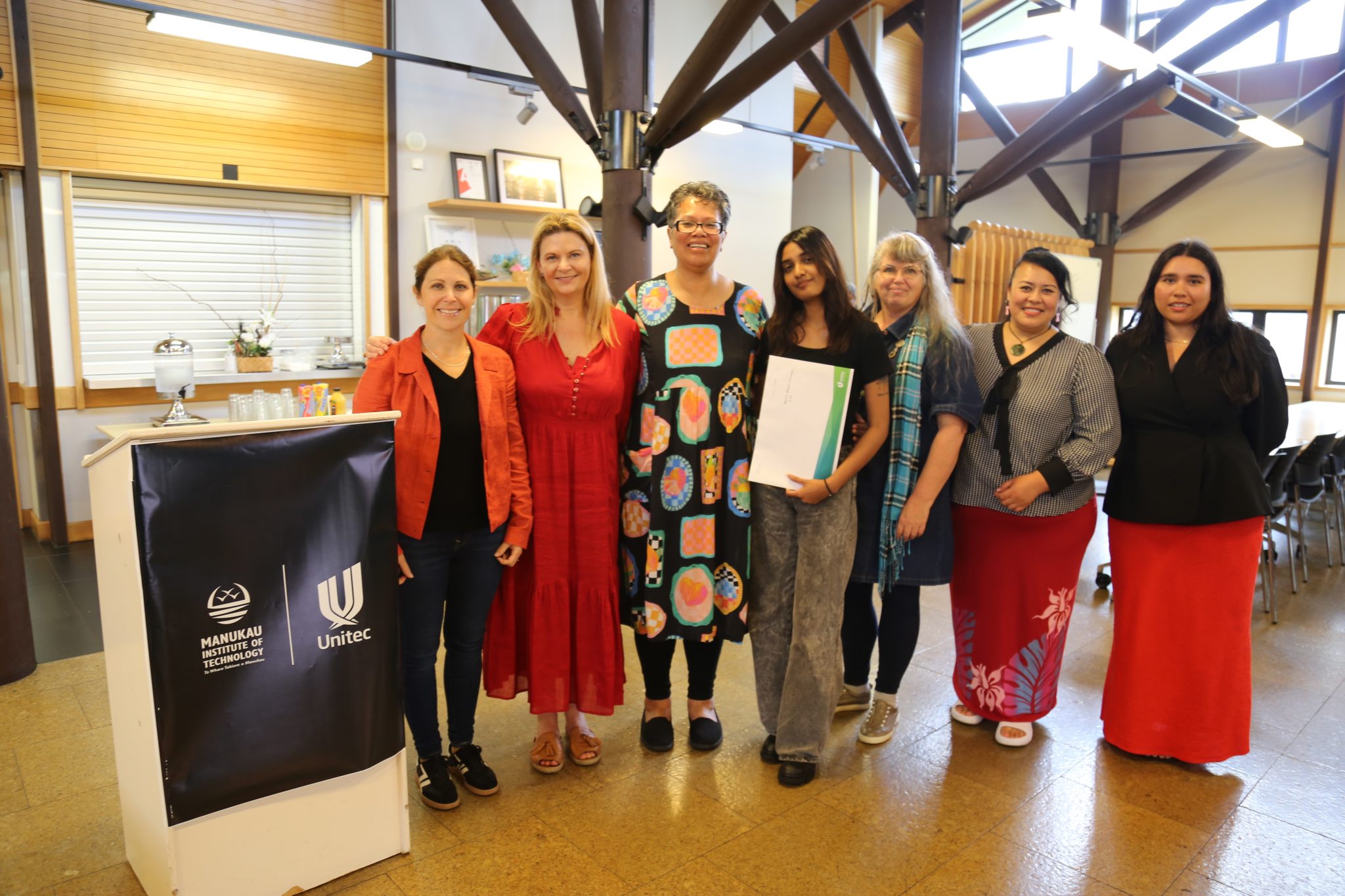Guest post by Yanina Purcell
The health impacts of indoor air quality (IAQ) in Aotearoa New Zealand are not widely recognised and there is limited research that is specific to this country. However, IAQ is a focus of Unitec’s Environmental Solutions Research Centre (ESRC), and our continued research projects into IAQ bring attention to this issue.
Indoor air pollution has been shown to be harmful to human health and can cause increases in mortality rates. Studies have shown that indoor air pollutants can often be 2–5 times higher than typical outdoor concentrations. A study published in 2016 found that New Zealanders on average spent nearly 70% of their time at home indoors.
The most effective approach to lowering concentrations of indoor air pollutants is usually to increase ventilation, exchanging poorer-quality indoor air for cleaner outdoor air. Understanding and controlling building ventilation can improve the quality of the air we breathe and protect population health.
Despite a rise in the prevalence of energy-efficient buildings globally, there remains a lack of evidence demonstrating the effects that mechanical ventilation has on IAQ. To improve understanding of the effects of mechanical ventilation compared to natural ventilation on indoor pollutant concentrations, Unitec’s ESRC undertook a study in 2021 that was funded by Cristal Air International Ltd (trading as HRV).
This study focused on the impact of mechanical ventilation on the IAQ of a selection of 15 homes across Auckland and Hamilton. The variability of different IAQ parameters was assessed in houses pre-and post-installation of a positive pressure ventilation (PPV) system, using a combination of low-cost sensors (including the Unitec-developed ‘Wisp‘ – see photo above) as well as self-reported occupant comfort levels.
A PPV system uses mechanical ventilation to extract relatively dry air from the roof space, filter it and blow it into the house, creating a slight positive pressure inside. This positive pressure drives out old, stale air via gaps and cracks in the building fabric. PPV uses electricity to pre-heat the supplied air when it is cold. This is beneficial whenever the air in the roof space is drier.
This project consisted of the following steps:
- A methodology was designed to sample pre- and post-installation of PPV systems to quantify effects on IAQ parameters, temperature and humidity parameters.
- Data was collected from passive sensors located inside and outside each study house to monitor air-quality parameters.
- The data was analysed, and this included a review of variations in physical and biological pollutants, volatile organic compounds (VOCs), and particulate matter (PM), before and after installation of the PPV system.
The initial proposal was that the study be conducted during winter over a minimum six-week period prior to the installation of a PPV system, followed by a minimum further six weeks after the installation.
However, the study was not without some problems, as Covid-19 presented some clear challenges in terms of data collection:
- Disruptions to logistics resulted in varying delays in the timing and duration of the monitoring periods for different houses, with some houses being monitored over spring rather than winter.
- Lockdown restrictions made servicing of faulty sensors difficult.
- Technical issues with some of the sensors were identified mid-sampling period, however, access could not be gained to rectify these issues.
- Occupancy rates were likely to be higher than usual as a result of the Covid-19 lockdown.
Therefore, the results of this study as stated below may not be representative of typical household inhabitation:
- Following PPV installation, indoor PM concentrations had reduced in the majority of the homes (86.7%).
- Internal temperatures post-installation only increased slightly (1–10%) for the majority of the houses (80%).
- In the majority of the homes (86.7%), internal relative humidity decreased post-installation by 4–14%.
- The greatest changes in IAQ observed by respondents during the winter season were caused by reductions in humidity.
- Occupants found that they were more satisfied with the effectiveness of their current heating system, and generally found fewer extreme thermal sensations (i.e., very hot or very cold) after PPV installation.
The partnership with Cristal Air looks to continue into 2022/23, with ERSC’s German Hernandez using this as an opportunity on which to base his PhD – provisionally titled “Indoor Air Quality and Thermal Comfort in Energy-Efficient Residential Buildings.” He has started working on this through the Polytechnica University of Madrid, with Professor Rafael Borge and Unitec’s Associate Professor Terri-Ann Berry as his supervisors.




